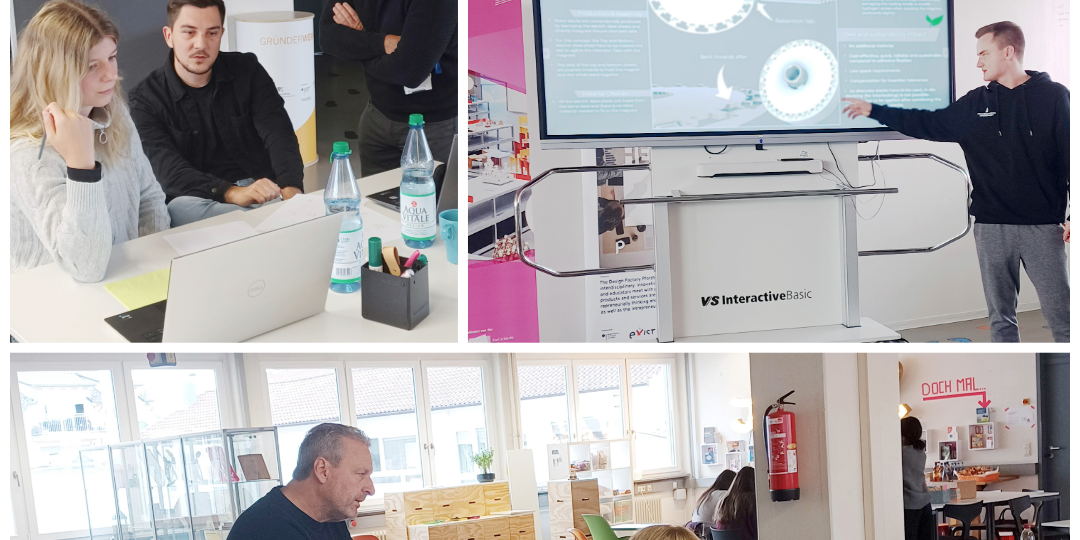
Exciting strides are being made in the field of sustainable engineering and REEsilience project coordinator Pforzheim University (HSPF) is at the forefront of this transformation.
With critical applications in electric vehicles, wind turbines, and electronic devices, rare-earth magnets are indispensable to modern technology, but their supply chains are fragile and environmentally taxing. REEsilience aims to change that by reshaping how Europe sources, recycles, and designs magnetic materials.
As part of this mission, Pforzheim University’s Institute for Strategic Technology and Precious Metals recently hosted the first of two Design for Recycling Challenges in collaboration with the university’s Master’s programme in Product Development (MPE). The goal is to redesign magnet-containing components to make them easier to dismantle and recycle, a key step toward a sustainable materials lifecycle.
The event was thoughtfully organised by doctoral candidate Laura Grau alongside Professors Werner Engeln and project coordinator Carlo Burkhardt. All students from the MPE course participated, forming eight energetic teams tasked with reimagining how magnets are integrated into products.
To kick off the challenge, Laura Grau presented an in-depth introduction, offering a concept template and a pre-filled example derived from comprehensive patent research.
Over the course of several hours, students generated a wide range of innovative design ideas. Concepts ranged from new approaches to magnet retention and clever pocket geometries, to fully reimagined rotor shaft assemblies and alternative methods for stacking sheet metal.
Each team pitched their ideas in concise, five-minute presentations, demonstrating excellent problem-solving, teamwork, and passion for sustainable design.
What’s Next?
A jury of experts will now review the submissions and select the most promising concepts. These ideas may contribute directly to the development of recyclable magnetic systems, aligning with the larger vision of REEsilience in closing the loop on rare earth magnet use in Europe.
This challenge is just one part of a broader series of activities aimed at integrating design-for-recycling principles into industrial and academic practice, one of the objectives of the project.